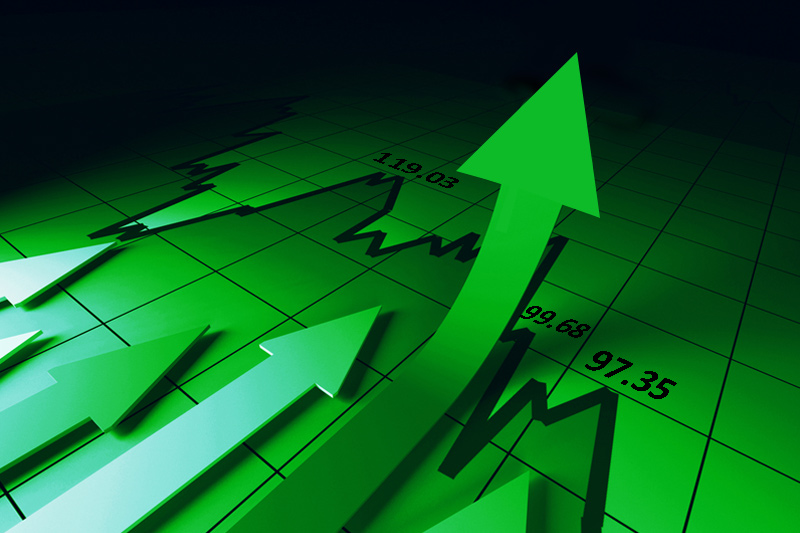Investing.com – The Australian dollar was up against its U.S. counterpart on Thursday, rising to a 2-day high after data showed that Australian employment surged in November, easing fears over a slowdown in the rate of economic growth.
AUD/USD hit 0.9884 during late Asian trade, the pair’s highest since Tuesday; the pair subsequently consolidated at 0.9869, surging 0.75%.
The pair was likely to find support at 0.9752, Wednesday’s low and resistance at 0.9927, the high of December 6.
Earlier in the day, official data showed that employment in Australia jumped by the most in ten months in November.
The Australian Statistics Bureau said payrolls gained 54,600 from October, when they increased by a revised 36,900. Economists had expected payrolls to add 21,300 in November.
The unemployment rate fell to 5.2% from 5.4%, even as more people entered the workforce.
The report showed the number of full-time jobs advanced 55,100 in November and part-time employment was little changed, slipping by 400. Australia’s participation rate, which measures the labor force as a percentage of the population over 15 years old, increased to 66.1% in November from 65.9% a month earlier.
The Aussie was also up against the euro, with EUR/AUD shedding 0.46% to hit 1.3475.
Later Thursday, the U.S. was to publish key weekly data on initial jobless claims.
AUD/USD hit 0.9884 during late Asian trade, the pair’s highest since Tuesday; the pair subsequently consolidated at 0.9869, surging 0.75%.
The pair was likely to find support at 0.9752, Wednesday’s low and resistance at 0.9927, the high of December 6.
Earlier in the day, official data showed that employment in Australia jumped by the most in ten months in November.
The Australian Statistics Bureau said payrolls gained 54,600 from October, when they increased by a revised 36,900. Economists had expected payrolls to add 21,300 in November.
The unemployment rate fell to 5.2% from 5.4%, even as more people entered the workforce.
The report showed the number of full-time jobs advanced 55,100 in November and part-time employment was little changed, slipping by 400. Australia’s participation rate, which measures the labor force as a percentage of the population over 15 years old, increased to 66.1% in November from 65.9% a month earlier.
The Aussie was also up against the euro, with EUR/AUD shedding 0.46% to hit 1.3475.
Later Thursday, the U.S. was to publish key weekly data on initial jobless claims.
